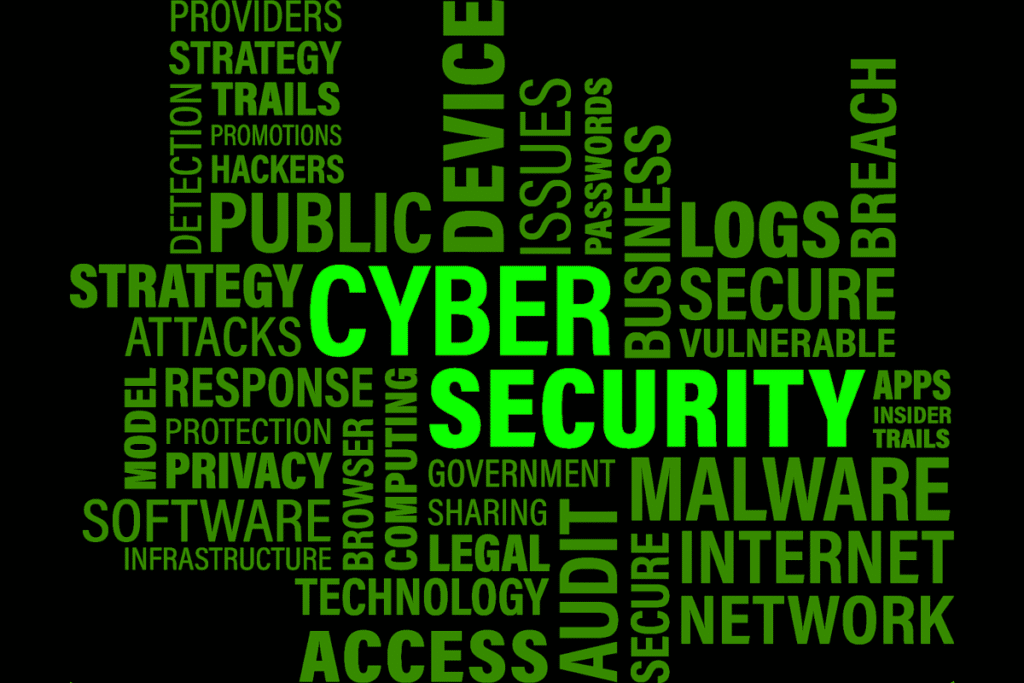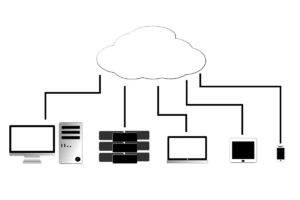Cyber insecurity is one of the biggest threats to modern enterprises to date. Verizon recently released its 14th Data Breach Investigation Report which logged over 5,000 confirmed data breaches in 2021 alone. According to the DBIR, the most common threats today include social engineering, denial of service (DoS), ransomware, system intrusions, web application attacks, malware, and miscellaneous errors.
Based on such findings, we can deduce what an effective cybersecurity system should look like. Here's an overview of essential cybersecurity best practices for protecting corporate digital assets:
Employee training in cybersecurity
Verizon found that a majority (85 percent) of data breaches involve the human element. Unsurprisingly, employees are the weakest link in any cybersecurity framework, and they often make the first contact with attackers. Employees can fall for social engineering scams, disregard security policies, or make critical errors—all of which could jeopardize a company's security posture.
The only way around this problem is to educate employees on threat awareness, security responsibilities and accountability, and the importance of following security protocols and guidelines. Cybersecurity training essentially turns your staff from a liability to a crucial security asset.
Network and systems monitoring
IT monitoring tools are digital surveillance systems that keep a close eye on computing performance, user behaviour, and network traffic. These intelligent tools can pick up and flag any unusual activities that might indicate an imminent attack. For instance, unusual user navigation paths or requests could point to a compromised user account. Systems monitoring catches threats before they can cause any irreversible damage.
Access control management
An identity and access management (IAM) system forms the crucial boundary that ensures only authorized persons can access specific digital resources. In the past, you could get away with a simple username-password login wall as an IAM system. But passwords alone have so far proven unreliable. A dependable IAM system should incorporate multi-factor authentication, least privilege access, account auditing, and granular permissions, among other measures.
System health and security maintenance
Your IT systems' health has a significant effect on their security status. A poorly maintained IT infrastructure will not only break down more frequently but could also allow threats to slip in more easily. So, ensure all your hardware and software assets are always in top shape through proactive IT management, including regular servicing, fine-tuning, upgrading, and updating. More importantly, ensure that all the security tools, from firewalls and antimalware to intruder detection systems, are always up to date and working flawlessly.
Organizational security policies and culture
Besides all the security tools and devices, there is an intangible aspect to cybersecurity—the organizational culture. A security-conscious organizational culture means having the right knowledge, mindset, and attitude toward cybersecurity. It's weaved deep in the organization's ecosystem, from the staff and business processes to the company's values. It's your job to cultivate a cybersecurity culture in your organization by shaping company policies, employee perceptions and beliefs, and professional conduct to align with various cybersecurity interests.
Incident response
Most people view cybersecurity solely from a defensive perspective. But an incident response plan is just as important as the defensive front. You need a response mechanism to deal with any threats that slip through the net. NIST recommends a 6-phase incident response plan with the following steps:
- Preparation
- Detection and analysis
- Containment
- Eradication
- Recovery
- Post-incident activity
Data backup and disaster recovery
A data backup and disaster recovery strategy plays a big role in cybersecurity. More specifically, it forms an essential part of incident response planning, business continuity, and compliance with data safety and privacy standards. Keeping reliable data backups guarantees data availability even after a data loss incident, be it a ransomware attack, accidental deletion, or data breach.
Are you keen on setting up a cybersecurity framework but don't know where to start? Partner with Highway 99 Technology Solutions and leverage world-class managed IT and data backup services to safeguard your business, digital assets, employees, and customers against cybercriminals. Contact us to get started.
Get the IT Support Your Business Deserves
"*" indicates required fields





